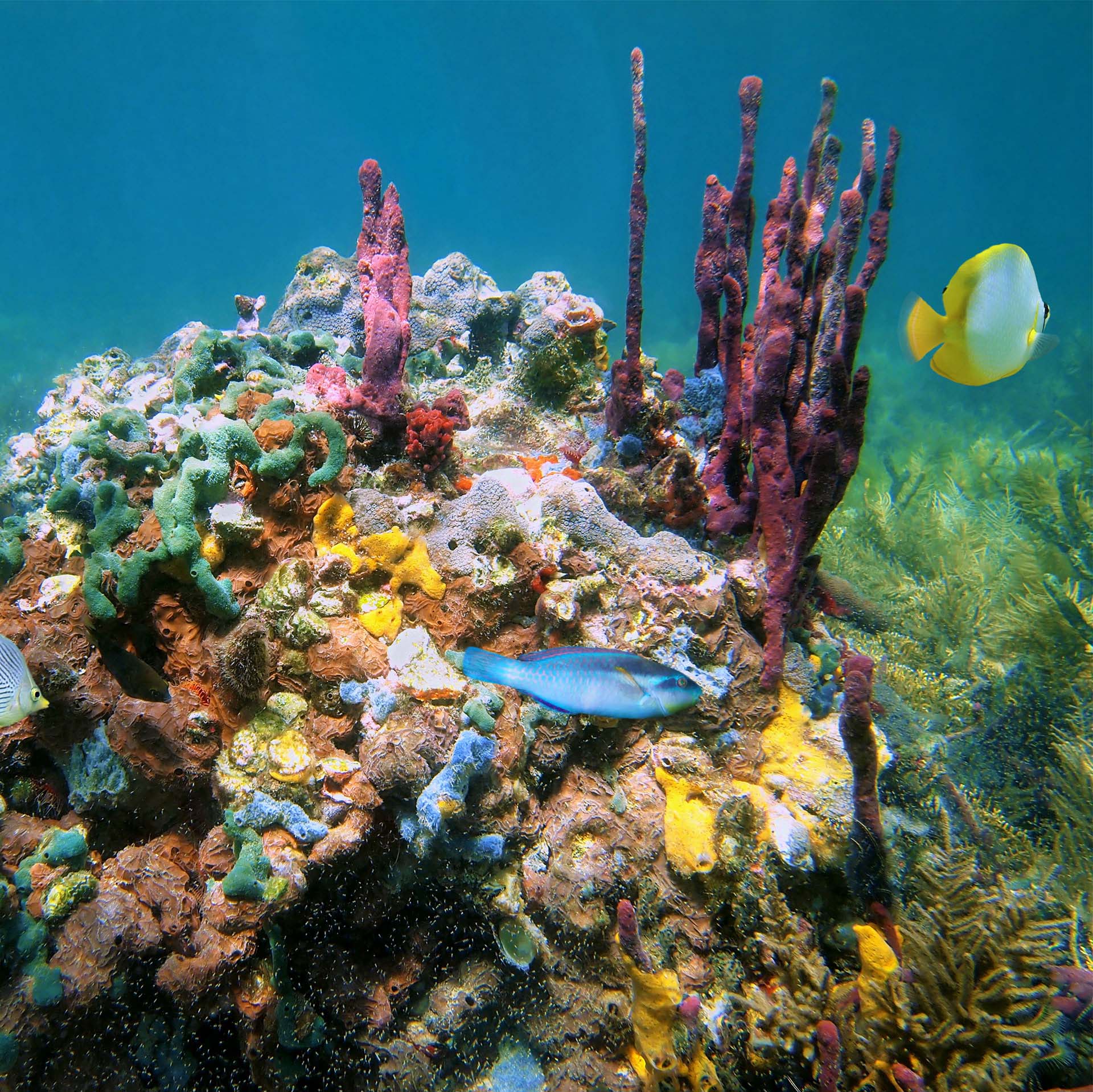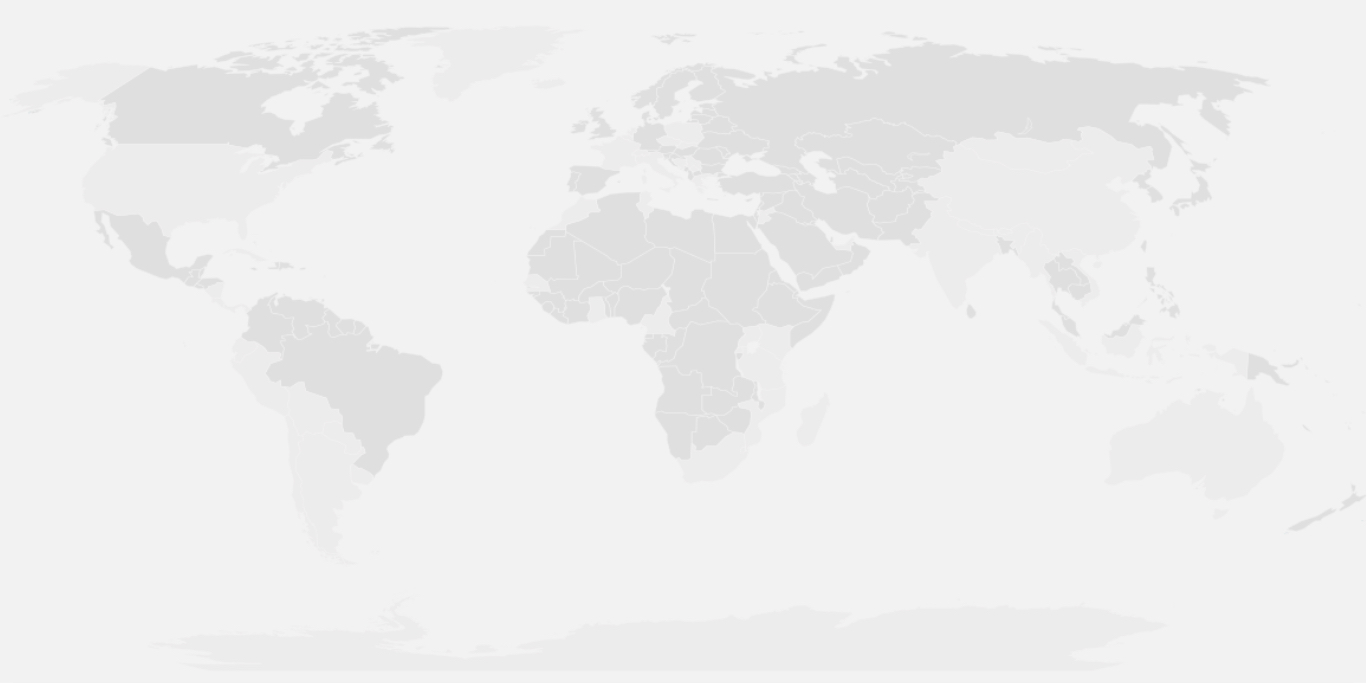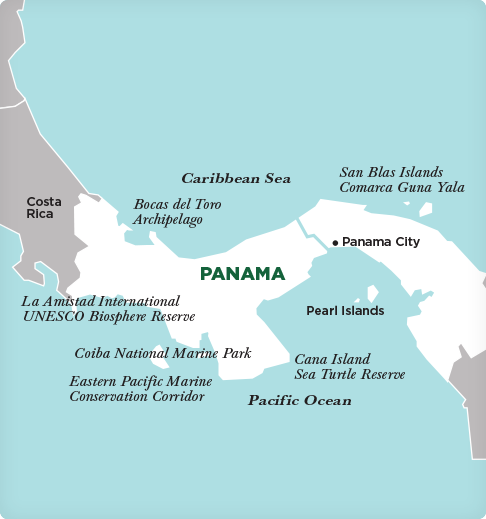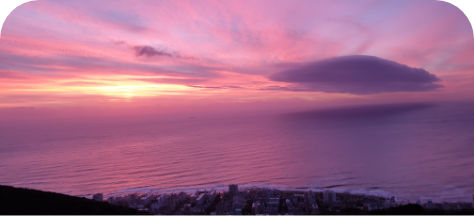Credits
6
Prerequisites
Relevant previous coursework, ability to swim
Courses taught in
English
Dates
Jun 2 – Jul 14
Program Countries
Panama
Program Base
Panama City
Critical Global Issue of Study
Climate & Environment

Learn to measure blue carbon and marine biodiversity in the coral reefs, mangroves, wetlands, and seagrass beds of the tropical Pacific and the Caribbean.
6
Relevant previous coursework, ability to swim
English
Jun 2 – Jul 14
Panama
Panama City
Climate & Environment
Panama’s diverse ecosystems and species are among the most threatened on the planet. In this small country, where you can travel from one coast to the other in an hour, you’ll spend extensive time studying ecosystems of both the Pacific Ocean and Caribbean Sea, including mangrove forests, coral reefs, and seagrass beds.
You will study carbon accumulation and marine ecology in spectacular settings, including Coiba Island UNESCO Biosphere Reserve and Guna Yala indigenous territory. You will snorkel in one of Panama’s top diving sites and conduct research guided by renowned marine biologists.
You’ll also complete a two-week independent field project on a topic of your choice related to the program theme. To complete this project, you will use scientific methodologies, apply field research techniques, gather and analyze data, and present your research results.
Previous college-level coursework and/or other preparation in environmental studies, ecology, biology, or related fields, as assessed by SIT. There is no language prerequisite. You will spend most of the time in the water and must be able to swim well.


Begin field exploration in the Bocas de Toro region at the Smithsonian Tropical Research Institute, which gives scientists and students access to a variety of marine life in untouched forests, a coastal lagoon system, and multiple reefs and islands. Study coastal wetland ecosystems in a complex setting that includes fisheries, tourism, and large populations of endangered marine wildlife. In the San Pond Sak wetlands, learn about wetland ecology and how to measure blue carbon stocks in unique habitats.
Coiba Island is a UNESCO World Heritage site, one of four key sites in the Eastern Tropical Seascape Biological Corridor and the largest island in Mesoamerica. It is also one of the top diving sites in Panama. You will explore the role mangroves play in marine organism reproductive cycles and witness the breathtaking biodiversity of coral reefs. Learn about the impacts of climate change on ocean ecosystems, especially factors like fluctuating ocean temperatures, acidification, and coral reef calcification.
In Guna Yala, you will conduct comparative studies of the coral reef ecosystems and organism diversity of the Caribbean and the Pacific. It is the first indigenous territory to be granted autonomous rule in Latin America and one of the best-conserved coral reef systems in the Caribbean due to its isolation, low population, and prohibition of scuba diving, although this is changing. You will study and snorkel with a variety of marine creatures and explore the key role seagrass beds play in sustaining ocean life.
Please note that SIT will make every effort to maintain its programs as described. To respond to emergent situations, however, SIT may have to change or cancel programs.
The following syllabi are representative of this program. Because courses develop and change over time to take advantage of dynamic learning opportunities, actual course content will vary from term to term.
The syllabi can be useful for students, faculty, and study abroad offices in assessing credit transfer. Read more about credit transfer.
Marine Ecology and Blue Carbon Conservation in the Pacific and Caribbean – syllabus
(ENVI3000 / 3 credits)
Through a comparative approach, this course explores the emerging field of blue carbon conservation and the ecology and the organismal biodiversity of four major ecosystem types (wetlands, mangroves, seagrass beds, and coral reefs). At three locations, two in the Caribbean and one in the Pacific, students participate in classroom lectures and engage in extensive field study and practice. Students apply ecological research techniques, including underwater transects and quadrats, ocean floor coring, underwater vegetation productivity, water turbidity assessment, and carbon stock and accumulation surveys. The course takes place on Coiba Island, Bocas del Toro Island, and the Guna Yala Comarca.
Marine Ecology and Blue Carbon Field Project – syllabus
(ENVI3060 / 3 credits)
This course offers students the opportunity to carry out field research on a topic related to the program content. In some cases, students can choose from pre-planned projects on specific topics related to marine ecology, biodiversity, and blue carbon (these depend on existing projects happening during your stay). Pre-planned projects form part of larger, ongoing research endeavors in the area and are located at the program field sites (Bocas del Toro, Coiba Island, and Guna Yala). After completing the first phase of the program, students return to the program sites independently and engage in research. Students are guided by project advisors during their research.



SIT Study Abroad is committed to making international education accessible to all students. Scholarship awards generally range from $500 to $5,000 for semester programs and $500 to $3,000 for summer programs. This year, SIT will award more than $1.5 million in scholarships and grants to SIT Study Abroad students.
See Full Breakdown
A critical step in preparing for your study abroad program is planning how you will maintain your health and wellbeing. Please review the following information carefully and contact [email protected] with any questions or concerns.
View Information